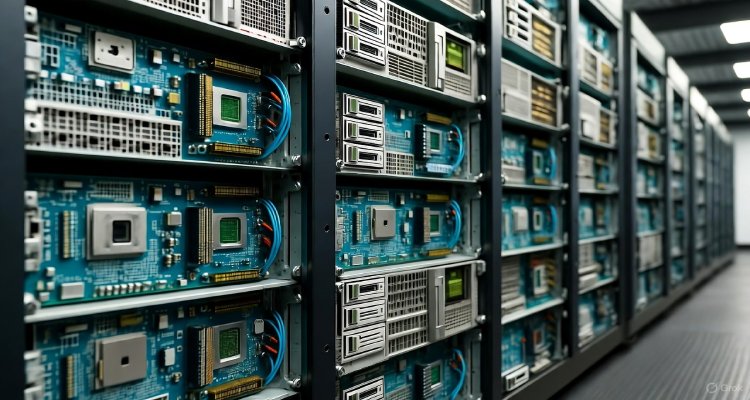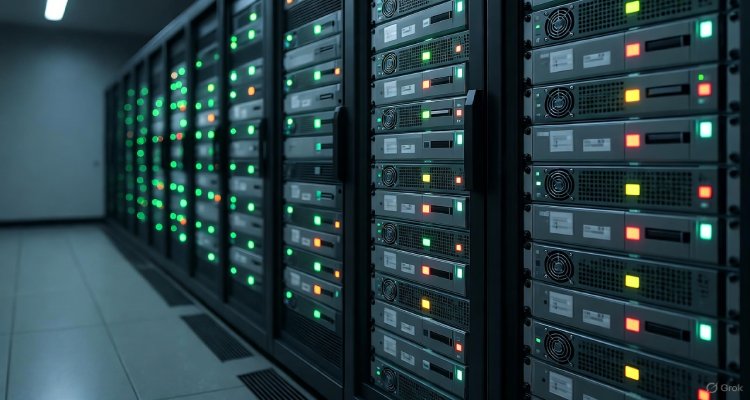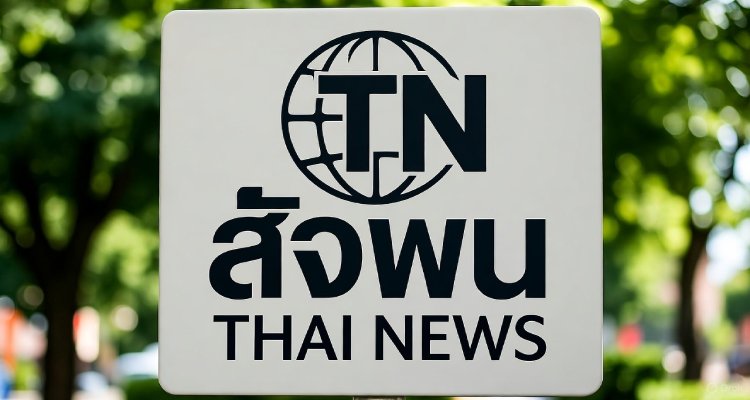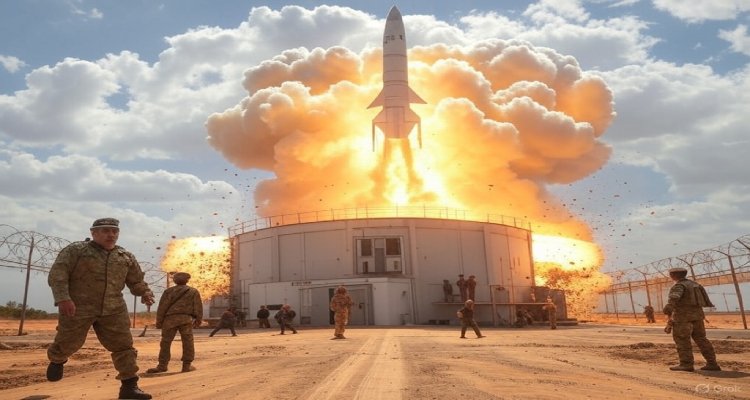Could a Missile Strike Trigger a Nuclear Disaster?
If a missile hit a nuclear weapons storage site, would it cause a nuclear explosion? Here’s what defense experts say.
Could a Missile Strike Trigger a Nuclear Disaster?
Amid fluctuating tensions in South Asia, especially between nuclear-armed adversaries India and Pakistan, one chilling question often surfaces: what happens if a missile hits a nuclear weapons storage facility? It’s a hypothetical—but not implausible—scenario that raises fears of catastrophic fallout. The truth, however, is far more complex than popular imagination might suggest.
This article unpacks the realities behind such a strike, separating cinematic fiction from military fact, and sheds light on what would really unfold if a supersonic missile targeted one of the world’s most dangerous stockpiles.
Inside the Fortresses: How Nuclear Weapons Are Actually Stored
Nuclear weapons aren’t parked in open lots or tucked away in basic bunkers. They are housed in Special Weapons Storage Areas (SWSAs)—fortified underground vaults engineered to withstand major threats.
These facilities feature:
- Massive reinforced walls, often five meters thick.
- Blast-resistant doors and deep-earth placement to absorb shockwaves.
- Advanced surveillance, including motion sensors, CCTV, and biometric access.
- Redundant power systems to ensure nothing ever goes dark, not even for a second.
Such precautions ensure that even if an attack were attempted, accessing or damaging these warheads would require far more than brute force.
Pakistan’s Nuclear Storage: What We Know and Don’t Know
Pakistan, which developed nuclear capability in the late 1990s, is believed to store its arsenal across a handful of tightly guarded military bases. Analysts often point to Masroor Airbase near Karachi as one such location, thanks to its infrastructure and strategic positioning.
Other likely sites are spread across Punjab and the northwest frontier, each chosen for secure access and deep storage potential. While exact locations remain classified, open-source intelligence and satellite imagery have helped piece together probable patterns.
Can a Missile Strike Cause a Nuclear Explosion?
The short answer: no.
Even if a powerful supersonic missile were to strike a nuclear storage site, it would not cause a mushroom cloud.
Why? Because a nuclear bomb doesn’t go off like conventional explosives. It requires a precise chain of electronic commands, often encoded and double-verified. There are multiple interlocks in place to prevent unauthorized detonation—even during emergencies.
So, while the missile could cause physical destruction, a nuclear chain reaction is virtually impossible under such conditions.
The Real Threat: Radioactive Fallout, Not Detonation
The bigger concern is the unintentional release of radioactive material. If a missile breaches the warhead’s protective casing, radioactive isotopes could spread into the air, water, and soil.
This wouldn’t create a nuclear explosion, but it could mimic the effects of a “dirty bomb”—a weapon that spreads radioactive contamination without an actual nuclear blast. Such an incident would demand immediate evacuation and years of environmental remediation.
The long-term health impact could include increased cancer rates, birth defects, and psychological trauma for communities caught in the fallout zone.
Bunker Busters and Thermobarics: Do They Change the Game?
Some might argue that bunker-busting munitions or thermobaric weapons—designed for deep penetration and intense heat—could elevate the risk. That’s partly true.
These specialized arms can damage the structural integrity of underground facilities far more effectively than standard missiles. But even they cannot detonate a nuclear weapon. What they can do is increase the likelihood of a radioactive leak, especially if multiple warheads are stored closely together and the internal environment is compromised.
Who’s in Charge of These Deadly Arsenals?
Each nuclear nation operates under a strict nuclear command and control system—a highly structured network responsible for overseeing storage, security, and possible deployment.
In Pakistan, the National Command Authority (NCA) manages this framework. The NCA controls:
- Weapon storage protocols
- Launch authorization mechanisms
- Emergency response capabilities
The system is designed for centralized decision-making to avoid accidental or impulsive use of nuclear assets.
Past Incidents Offer Sobering Lessons
History offers a few close calls that show how even the most secure systems are vulnerable to human error:
- 1986 – Severomorsk, USSR: A fire in a naval ammunition depot destroyed several nuclear-tipped missiles. There was no explosion, but radiation leaked and the base suffered lasting damage.
- 2007 – Minot AFB, USA: Six nuclear warheads were unknowingly flown across the US on a B-52 bomber. It took the Air Force over 36 hours to realize the warheads were missing.
These examples underline why continuous vigilance is crucial—even in peacetime.
Final Takeaway: The Real Risks Lie in the Fallout, Not the Fireball
A missile strike on a nuclear storage facility would be alarming—but not because of the threat of a nuclear explosion. Instead, the true danger lies in radioactive contamination, infrastructure collapse, and the potential for geopolitical escalation in an already tense region.
The bottom line? Deterrence through readiness remains key. But so does transparent communication, robust security protocols, and international collaboration to prevent misunderstandings that could turn hypothetical nightmares into real-world tragedies.
Disclaimer:
This article explores a fictional military scenario strictly for public education and awareness. It does not endorse violence, political speculation, or fear-mongering. All referenced information is drawn from publicly available defense analyses and historical records.
source : News18











